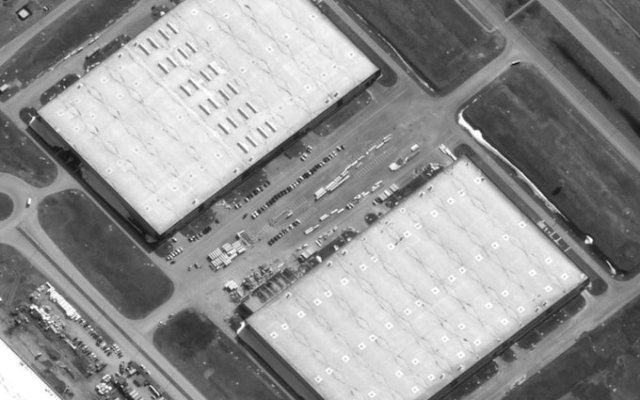 A satellite image shows a factory under construction in Russia to mass-produce Iranian-designed Shahed-136 drones. Credit: Maxar Technologies via AP
A satellite image shows a factory under construction in Russia to mass-produce Iranian-designed Shahed-136 drones. Credit: Maxar Technologies via AP
A new plant under construction in central Russia will begin producing Iranian-designed drones for use against Ukraine by early next year, US intelligence officials have said.
They have released satellite imagery of the plant under construction. Kazan plant, which will produce domestically Iranian Shahed-136 drones, which are used to terrorize Ukrainian cities.
John Kirby, spokesman for the US National Security Service The Council said that «the Russian-Iranian military partnership appears to be deepening,» adding: «This is a full-blown defense partnership that is hurting Ukraine, Iran's neighbors, and the international community.»
< p> Since last year, Iran has sold hundreds of Shahed-136 drones to the Kremlin. Russia is renaming them Geran-2 and using them to attack Ukraine's civilian infrastructure.
Cheap and easy to produce, the Shahed-136 drones have a range of up to 1,500 miles and are designed to explode upon impact.
led to sanctions, but their military partnership has blossomed since last February's invasion of Ukraine. Iran sells drones to Russia in exchange for attack helicopters and refined oil.
In addition to photos of Russia's new drone manufacturing plant, US intelligence has released maps of the Caspian Sea arms delivery route that allows Iran to supply drones to Russia.
The maps showed that Shahed-136 drones are manufactured in Tehran and then shipped in Amirabad on the Iranian coast of the Caspian Sea.
From Amirabad, they go to Makhachkala, in the Dagestan region of Russia, and then go to Russian military bases.
Shahed-136 in action
Analysts call the Caspian Sea inviolable for NATO, because it surrounded by countries friendly to the Kremlin, effectively providing a direct route for Iran and Russia to smuggle arms.
Lloyd's List Intelligence, a London-based intelligence agency that monitors shipping movements around the world, said it not only recorded an increase in shipments between Iran and Russia since July 2022, but also efforts to cover up these arms transfers.
“Vessels engaged in trade usually do so with automatic identification signals turned off,” the report says.
Azerbaijan, Kazakhstan and Turkmenistan also border the Caspian Sea.







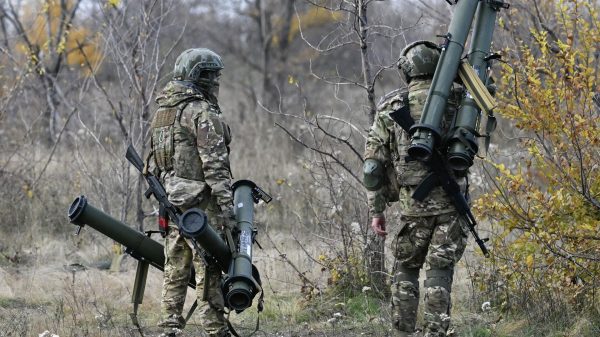
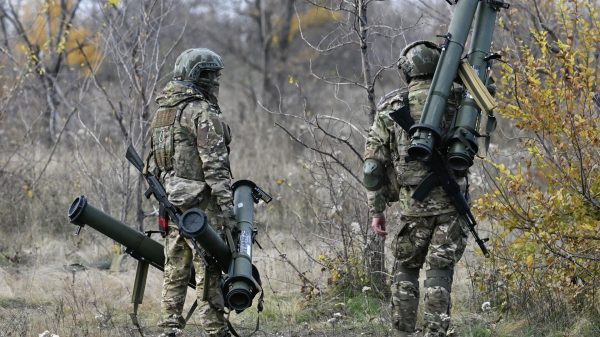


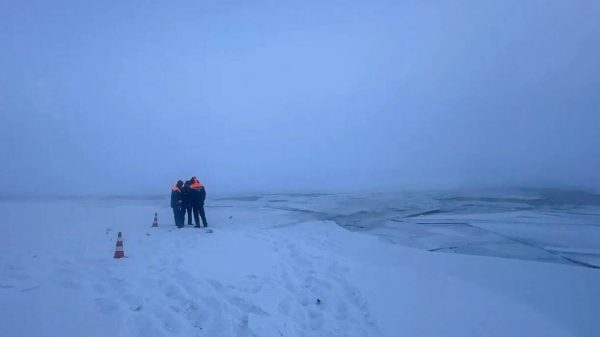






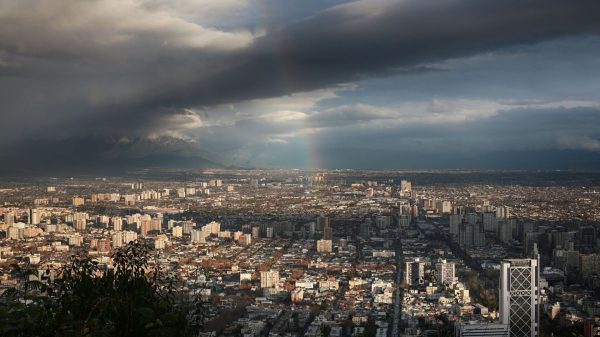















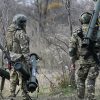
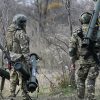




















Свежие комментарии